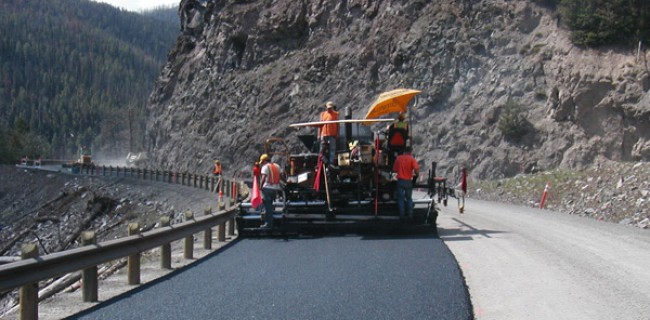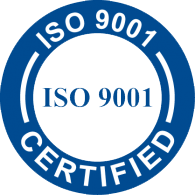Asphalt
Asphalt is a black, viscous, highly sticky or semi-solid material. Asphalt is a combined material which is made of sand and bitumen mixture. It is used to build the roads, airport runways, and roofs of buildings.
Asphalt according to how to use and mixing it is divided into three categories Hot Mix Asphalt, Warm Mix Asphalt and Cold Mix Asphalt.
Hot Mix Asphalt
Hot mix asphalt (HMA) is the designation given to asphalt mixtures that are heated and poured at temperatures between 275 and 350 degrees Fahrenheit. This type of asphalt is the most commonly used asphalt type in the United States. State transportation departments prefer hot asphalt due to its flexibility, weather resistance, and ability to repel water. Hot mix asphalt provides a more permanent fix for patching potholes. This type of mix can be used to pave interstates, highways, and roadways.
Warm Mix Asphalt
Warm mix asphalt (WMA) is heated and poured at temperatures between 200 and 275 degrees Fahrenheit. Warm mix asphalt can be processed using either a foaming technique or by including an additive. Several benefits result from using this asphalt type. First, less fuel is consumed, which results in increased energy savings and reduced production costs. Secondly, fewer fossil fuels are emitted, which is better for the environment and worker health. WMA, however, does not cool as fast as HMA. It can be used to pave roads, highways, and interstates during the day or at night.
Cold Mix Asphalt
Cold mix asphalt, or blacktop mix as it is commonly referred to, is specifically used for repairing potholes. It is produced by emulsifying the asphalt in water with a proprietary oil before mixing in aggregates. This process keeps the asphalt soft and helps to repel water. This asphalt type doesn’t require heat, any heavy rolling machines, or commercial applicators. It can be shoveled or poured directly into potholes with little to no preparation needed and tamped down using a hand tool. This makes it DIY friendly.
Bitumen History
The word bitumen in Sanskrit is marked with the word Bitumen. The word is used in Latin and English in the same accent as Bitumen and in American English with the word Asphalt. In Persian, the word bitumen is actually a coal tar. Bitumen from very long time ago during the time of the Sumerians, the Assyrians, and many other civilizations it was used as a moisture-proof and protective material in shipbuilding, body balm, sculpture and decorations and also has been used in the form of mastic (composition of bitumen and bricks) in the building of temples, foundation of bridges, streets surface and houses. Meanwhile, bitumen was used to hold water in reservoirs and as an anti-moisture agent and also as a connecting factor. Bitumen date goes back to more than 5,000 years, although, it has been recorded at the Sumerian time in about 3,800 years ago.
The role of bitumen in ancient Iran was also very important and fundamental and more than 5,000 years past. In the middle of the third millennium BC, in the Ilam civilization near the Shush, bitumen was used for various uses. The Achaemenid Dynasty has also used bitumen for sealing in the great Palace of Persepolis. Which still are visible the effect of use it in this historical collection.
The modern industry of bitumen production related to 1712 which began with the discovery of bitumen rocks in France at that time, the bitumen material was scattered in the form of lumps of bitumen on the surface of the local road and they allowed as a result of traffic chariots, buggies, gradually crushed and hit the surface of the road. Over time, the powdering and heat the material before use a hot steel cylinder after slamming the bitumen becomes flat and dense and used in the streets of most European cities.
The use of bitumen for asphalt production began in the early nineteenth century and for the first time in 1830 used on French sidewalks. The first asphalt road in the United States dates back to 1870. In Iran, for the first time in 1312 Hijri Shamsi, asphalt was used to cover the palace street (Palestine). It should be mentioned that today there is more than 250 usage for bitumen in agriculture, construction, road construction and other sectors.








